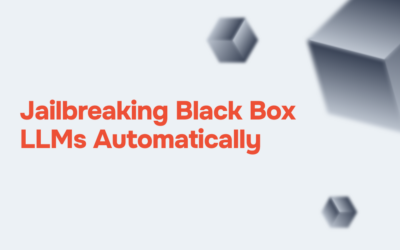
This inevitability often leads organizations to embark on the journey of legacy system migration – a process that involves transitioning from outdated systems to modern, more efficient alternatives. In this post, Hexon Global tells you all the key considerations for successful legacy system migration.
Understanding Legacy Systems
Legacy systems typically refer to outdated software or hardware that are still in use within an organization. These systems may lack support, have obsolete technology, or be unable to integrate with newer applications. Common examples include outdated ERPs, CRMs, or custom-built software solutions.
Key Considerations for Legacy System Migration
- Assessment and Documentation: Begin by conducting a comprehensive assessment of the existing legacy system. Document its functionalities, dependencies, data structures, and integrations. Understanding the system’s intricacies is essential for planning a successful migration strategy.
- Business Impact Analysis: Evaluate the impact of migrating the legacy system on various business processes. Identify critical functions that may be disrupted during the migration process and devise strategies to mitigate risks.
- Data Migration Strategy: Data is often the most valuable asset within a legacy system. Develop a robust data migration strategy to ensure seamless transition without loss or corruption of data. Consider factors such as data cleansing, mapping, and validation to maintain data integrity post-migration.
- Integration Requirements: Assess integration points with other systems or third-party applications. Ensure that the new system can seamlessly integrate with existing infrastructure to minimize disruption to business operations.
- Customization and Configuration: Determine the level of customization or configuration required in the new system to meet specific business needs. Balance the benefits of customization with the complexity it may add to the migration process.
- User Training and Change Management: Prepare a comprehensive training program to familiarize users with the new system. Address concerns and resistance to change through effective change management strategies to ensure smooth adoption post-migration.
- Compliance and Security: Consider compliance requirements and security standards throughout the migration process. Ensure that the new system adheres to regulatory guidelines and implements robust security measures to protect sensitive data.
- Budget and Timeline: Establish a realistic budget and timeline for the migration project. Factor in costs associated with software licenses, infrastructure upgrades, consultancy fees, and potential downtime during the transition.
Planning Tips for Successful Migration
Like any major enterprise move, migration is a process that will involve putting many moving parts together in a way that they’re not disruptive to each other. Follow these tips to make the process easier:
- Prioritize Functionality: Prioritize functionalities based on business value and criticality. Begin migration with less critical components to minimize disruption and gain confidence before tackling mission-critical functions.
- Phased Approach: Break down the migration process into manageable phases to mitigate risks and allow for iterative improvements. Define clear milestones and checkpoints to track progress effectively.
- Testing and Quality Assurance: Implement rigorous testing procedures throughout the migration process to identify and address issues promptly. Conduct thorough testing of both functional and non-functional aspects to ensure the new system meets performance expectations.
- Backup and Contingency Plans: Develop backup and contingency plans to tackle unexpected challenges or failures during the migration. Maintain backups of critical data and establish rollback procedures to revert to the previous system if necessary.
- Post-Migration Support: Allocate resources for post-migration support to address any issues or concerns that may arise after the transition. Provide ongoing support and training to users to facilitate a smooth transition period.
- Continuous Improvement: Treat migration as an opportunity for continuous improvement. Seek out feedback from users and stakeholders to identify areas for enhancement and optimization in the new system.
In conclusion, legacy system migration is a complex undertaking that requires careful planning, thorough assessment, and effective execution. By considering the key considerations outlined above and following the planning tips, organizations can navigate the migration process successfully and unlock the benefits of modern, efficient systems to drive business growth and innovation.
How Hexon Global Can Help With System Migration
Hexon Global stands out as an AWS Advanced Consulting Partner, boasting extensive proficiency and experience in navigating the intricacies of AWS security. Our team of seasoned experts is committed to empowering businesses like yours to leverage the full potential of their cloud investments while effectively optimizing costs.
Make Hexon Global your trusted AWS ally. Reach out to us.
Contact Us
Get in touch
Understand how we help our clients in various situations and how we can be of service to you!




